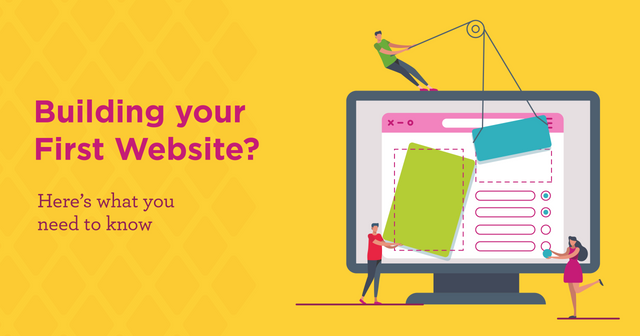Building Your First Web Site
Before entering the technical side, you need to have a basic idea to work. I suggest you get out a paper and a pencil first. Start by sketching the layout of how you want your website to appear. For example, a simple header at the top, the area where you want to put content, images, etc. Now it's time to do some programming! Don't let the word "programming" scare you. Anyone can learn and there are many sites that offer free lessons. One such site is http://www.w3schools.com/html/default.asp. While you don't have to be a high-level programmer to build and use your website, you do need to learn the basics of HTML. We recommend that you learn the tables in depth. They are widely used and with them you can create a professional layout (even as a beginner). You can use any basic text editor, such as Notepad, to write, edit and save your code (html). When you first save your work, select Text Document as the file type, then save with the htm extension. Your home page is usually saved under the name index.htm. To see what your site looks like, double click on the file and it should open automatically in your browser. Now that your website is ready to go, it's time to find a host (a place to host your website). Since this is your first site, I recommend using free web hosting. Some hosts will place advertisements, such as a banner, on your site as a free hosting cost. Others charge you just to register your domain name. Be careful not to accidentally sign up for add-ons such as URL protection, spam control, etc., as they will increase your cost. These sites have a bandwidth limit (amount of data that can be transmitted per month), email accounts, and maybe a few other things, but they are still great for beginners. If you later find you need more, you can usually upgrade. To find a web host, simply use any search engine and the keyword Free Web Hosting. You drafted a layout for your website, learned some basic HTML, coded your website, found the best web host (I couldn't resist) and registered your URL. Now it's time to upload (upload) the file (web page) to your host. For this you need an FTP program. FTP stands for File Transfer Protocol. When you use this application, there are usually two windows. The left window shows the files on your computer and the right window shows the files stored on your host. For a good tutorial and To download a free FTP program, FTP Commander, go to http://www.nexcess.net/hosting/support/tutorials/ftp/ftpcommindex.php. Now you should be able to work. But it doesn't stop there. Keep changing, add pages, learn how to link to other pages and sites, and add new content often. Who knows, you might do it eventually
